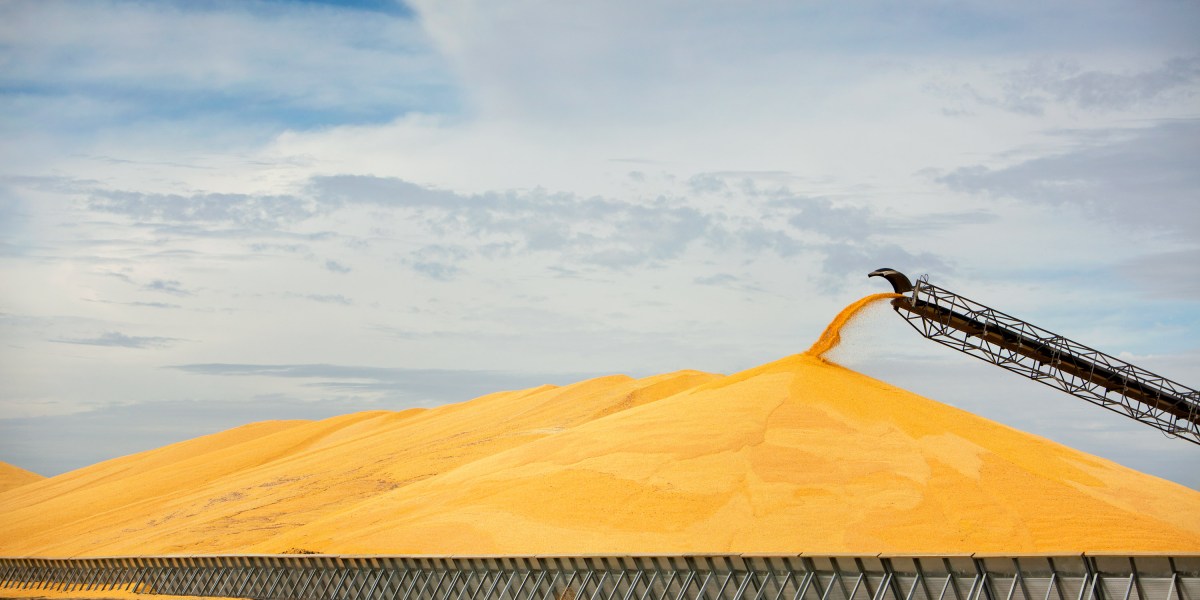
Corn, like any plant that uses photosynthesis to produce food, sucks up carbon dioxide from the air. But using corn for fuel rather than food also creates pressure to clear more land for farming, a process that releases carbon dioxide from plants and soil. In addition, planting, fertilizing, and harvesting corn produce climate pollution as well, and the same is true of refining, distributing, and burning ethanol.
For its analyses under the new program, the Treasury Department intends to use an updated version of the so-called GREET model to evaluate the life-cycle emissions of SAFs, which was developed by the Department of Energy’s Argonne National Lab. A 2021 study from the lab, relying on that model, concluded that US corn ethanol produced as much as 52% less greenhouse gas than gasoline.
But some researchers and nonprofits have criticized the tool for accepting low estimates of the emissions impacts of land-use changes, among other issues. Other assessments of ethanol emissions have been far more damning.
A 2022 EPA analysis surveyed the findings from a variety of models that estimate the life-cycle emissions of corn-based ethanol and found that in seven out of 20 cases, they exceeded 80% of the climate pollution from gasoline and diesel.
Moreover, the three most recent estimates from those models found ethanol emissions surpassed even the higher-end estimates for gasoline or diesel, Alison Cullen, chair of the EPA’s science advisory board, noted in a 2023 letter to the administrator of the agency.
“Thus, corn starch ethanol may not meet the definition of a renewable fuel” under the federal law that mandates the use of biofuels in the market, she wrote. If so, it’s then well short of the 50% threshold required by the IRA, and some say it’s not clear that the farming practices laid out this week could close the gap.
Agricultural practices
Nikita Pavlenko, who leads the fuels team at the International Council on Clean Transportation, a nonprofit research group, asserted in an email that the climate-smart agricultural provisions “are extremely sloppy” and “are not substantiated.”
He said the Department of Energy and Department of Agriculture especially “put their thumbs on the scale” on the question of land-use changes, using estimates of soy and corn emissions that were 33% to 55% lower than those produced for a program associated with the UN’s International Civil Aviation Organization.
He finds that ethanol sourced from farms using these agriculture practices will still come up short of the IRA’s 50% threshold, and that producers may have to take additional steps to curtail emissions, potentially including adding carbon capture and storage to ethanol facilities or running operations on renewables like wind or solar.
